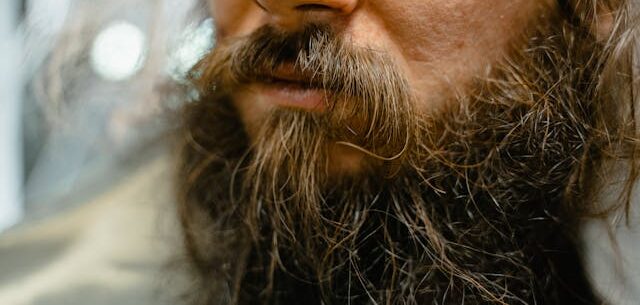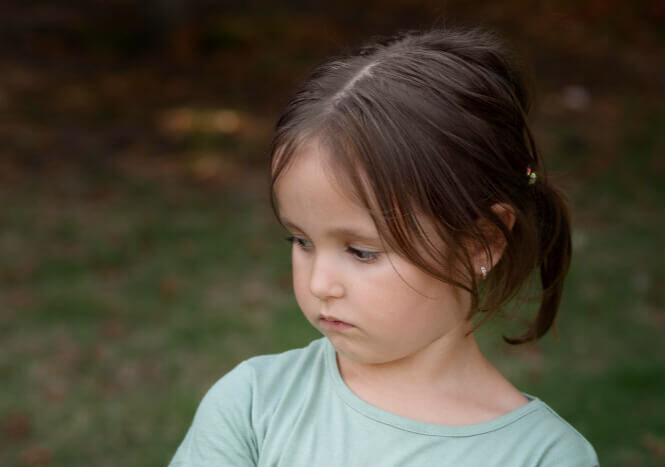There are classrooms where harm appears visible—where a raised voice or a revoked privilege tells a clear story, where a child’s tears correspond to a policy, a decision, a teacher’s name—yet physical education was a different kind of room. PE held harm in soft cotton and shouted praise. It offered pain disguised as character. It framed humiliation as tradition. It allowed cruelty to settle in plain sight beneath the cover of play and discipline. It taught children to equate athletic performance with moral worth, and to interpret embodied struggle as shame.
The man in charge and the atmosphere he shaped
He was the PE teacher, and to us, he embodied the term “the missing link,” because of the abundant hair that curled out from under his scant gym costume—his thighs always exposed, his shorts always riding high, revealing more than any child should be forced to witness. When he jumped, things moved that should have remained hidden. His spit clung to a beard or mustache, depending on the season, and when he yelled—which he did often—the room snapped to attention with a volatile mix of humour and threat. He wielded authority like a toy and a weapon, oscillating between clownish antics and sudden discipline, while the space around him conformed to his unpredictable orbit.

Ceremony disguised as fairness
Team selection happened weekly. It was a ceremony—one with social consequences and ritual cruelty embedded in every moment. The popular kids emerged first, called by name and granted the dignity of certainty. Then came the average, the socially adjacent, the momentarily tolerated. Last, always last, came the children whose bodies marked them for exclusion—those with visible disabilities, larger frames, nonconforming movements, or social hesitations. Mr. G permitted and even encouraged this spectacle under the guise of fairness, proclaiming that the “geeks and slow kids” had to be distributed equally, so as not to burden the athletes.
The lessons our bodies were forced to learn
Girls received dismissive predictions about their supposed lack of athletic potential, often before they had even moved. Effort became an object of mockery. Boys who tested limits were hit with dodgeballs launched at full velocity, because they needed to be “put in their place.” A weight once slipped from his hand and struck a boy’s chest; that boy flinched for years after, and we all learned to brace. We learned that persistence did not make you an athlete, that strength meant lifting a certain percentage of your weight, that failing to do so was framed as laziness, and that admiration flowed only toward those whose confidence required no encouragement. We learned to see our bodies as flawed performances, forever under review.
The silence we absorbed
The discomfort of girls, the erasure of vulnerable students, the physical fear felt by boys—these did not spark investigation or empathy. They became accepted features of the room. PE presented itself as a neutral space, as a value-free zone of movement and health. In practice, it rehearsed roles of dominance and disappearance. It enshrined hierarchy. It demanded compliance. It operated under the delusion that games are separate from culture, that power dynamics evaporate when the whistle blows.
The theatre of dominance
Athletes claimed approval with ease, their movements cheered, their mistakes forgiven. Awkward children vanished into the margins, hoping only for invisibility. Stronger children displayed dominance; anxious children perfected masking. Teachers described this as structure. Parents received reports of resilience. Administrators praised the program. The classroom of physical education became a theatre of power, and everyone learned to perform their role without questioning the script.
The mark on our bodies
Our bodies were fat, and puberty made us lumbering, graceless, repellent in his eyes. He made jokes about the way we moved, and others laughed, so we stopped moving. The boys learned they could be struck at any time. I once had a meltdown and punched a boy—I was sent to the office in silence, with a head nod and a glare that seemed to mark me as unhinged. Nobody asked what had broken me. Nothing happened to the boy who had knocked my glasses off my face before this.
What we remember now
The games have faded. The rules have disappeared. What remains are the moments of exclusion: the child picked last, the sting of cold on skin in the locker room, the whistle that ended comfort, the tone of that teacher’s voice—mocking, smug, amused by control. That tone echoed beyond the gym; it found its way into staff meetings, into disciplinary language, into every system where strength disguised cruelty and hierarchy wore the mask of tradition. That tone carried a belief: some bodies deserve reverence, and others must endure.
The education we received
We called the class “physical education,” but the instruction offered was behavioural. It trained children to obey, to self-censor, to conform. It linked movement to scrutiny. It made visibility conditional. It treated inclusion as reward. It taught us to reject our bodies unless they could serve as instruments of power, approval, or aesthetic grace. It taught us that safety could be revoked and that failure meant exposure.
The decision to interrupt the cycle
Today, I choose to interrupt that lineage. I step into the space where silence once lived, and I name what was once unnamed. Children deserve the freedom to move with joy. They deserve spaces where play is not performance, where laughter is not a mask for harm, and where difference is celebrated rather than managed. Children thrive when autonomy is honoured, when safety is grounded in relationship, and when physical literacy is taught with respect for the sacred uniqueness of every body.
The future we can choose
There are thousands of ways to teach movement with care, and all of them begin with trust. Schools can choose affirmation over surveillance. They can replace grading with guidance, comparison with cooperation, shame with safety. The last-picked child carries worth beyond measure. The excluded child can rediscover movement as liberation. Every child deserves to feel at home in their own body—especially in the places where we once learned to disappear.
-
“For your own good”: How schools punish children through food, control, and bodily discipline
Through curriculum, posters, reward systems, and lunchroom rules, schools encode a silent but relentless message: that certain bodies are dangerous, excessive, or deviant. Fat children are positioned as futures to be prevented. Neurodivergent children whose eating diverges from the norm are framed as problems to be solved. The desk that squeezes, the poster that moralises, […]
-
What are we teaching them in gym?
After months of thinking about collective punishment, I was drawn to memories of my own painful experiences in gym in highschool. I reflected on the experience of our PE teacher hitting boys in the head with volleyball balls when they misbehaved. Also, I thought of the time my child was struck with a badminton racket […]









